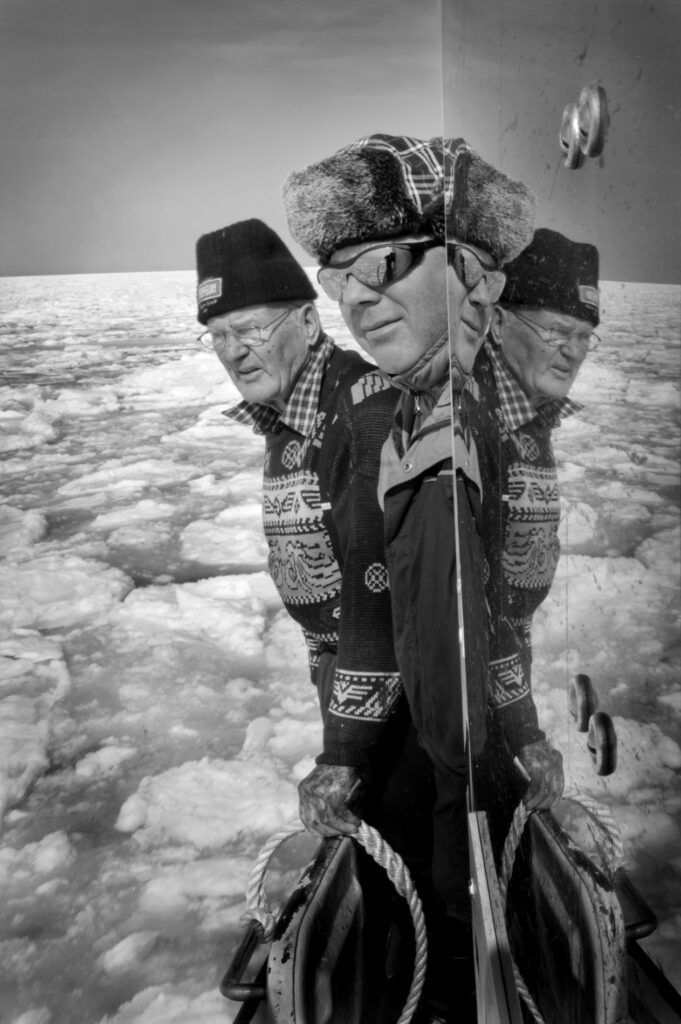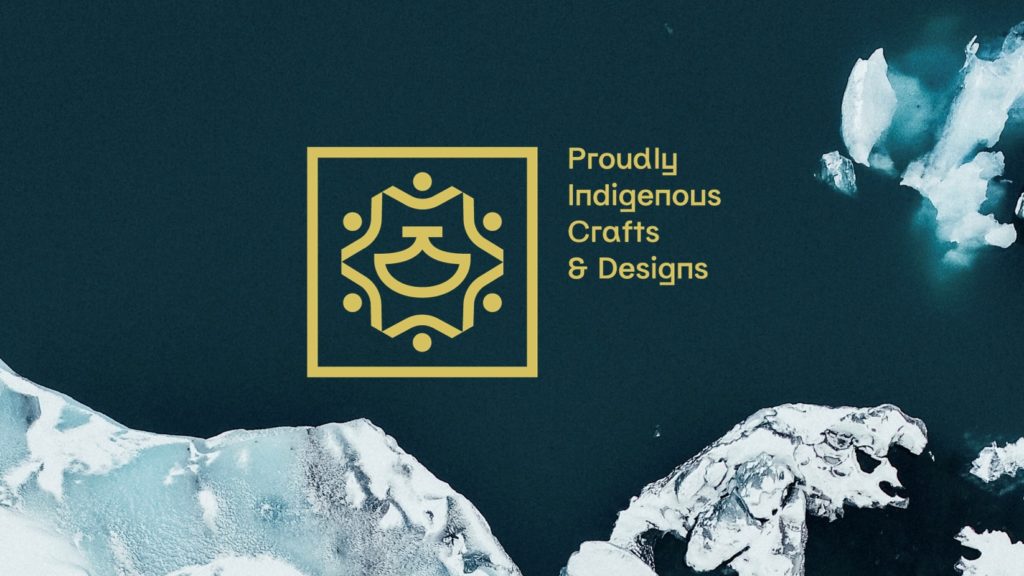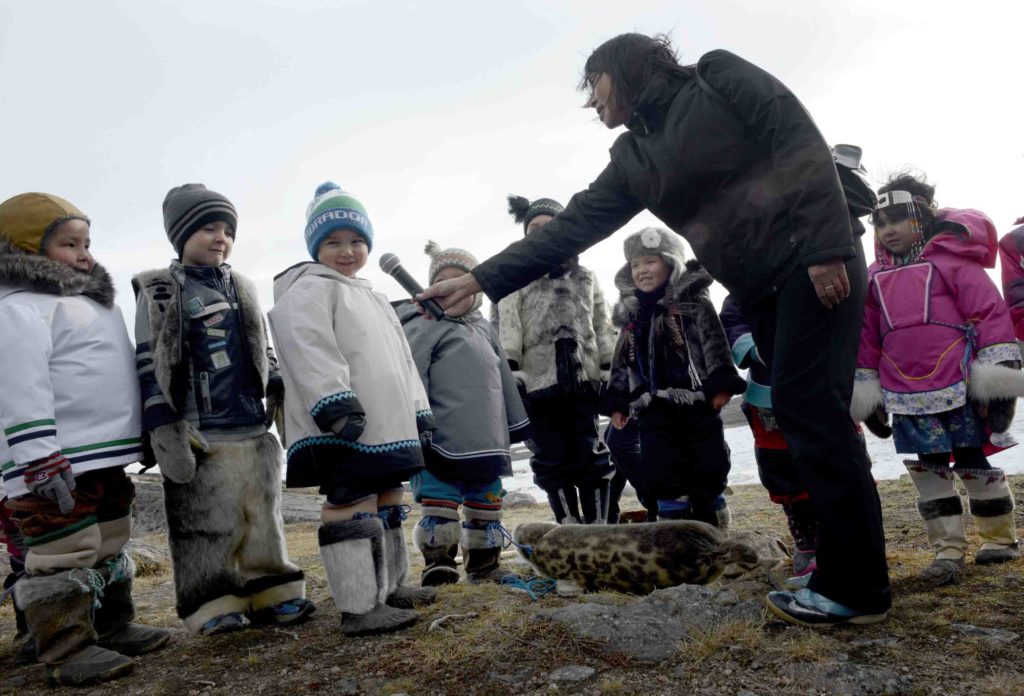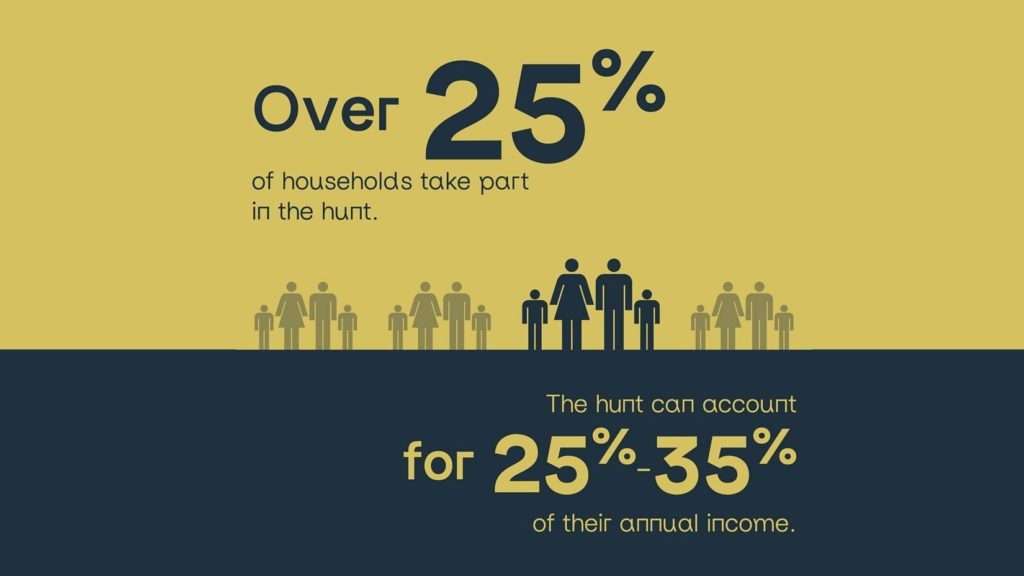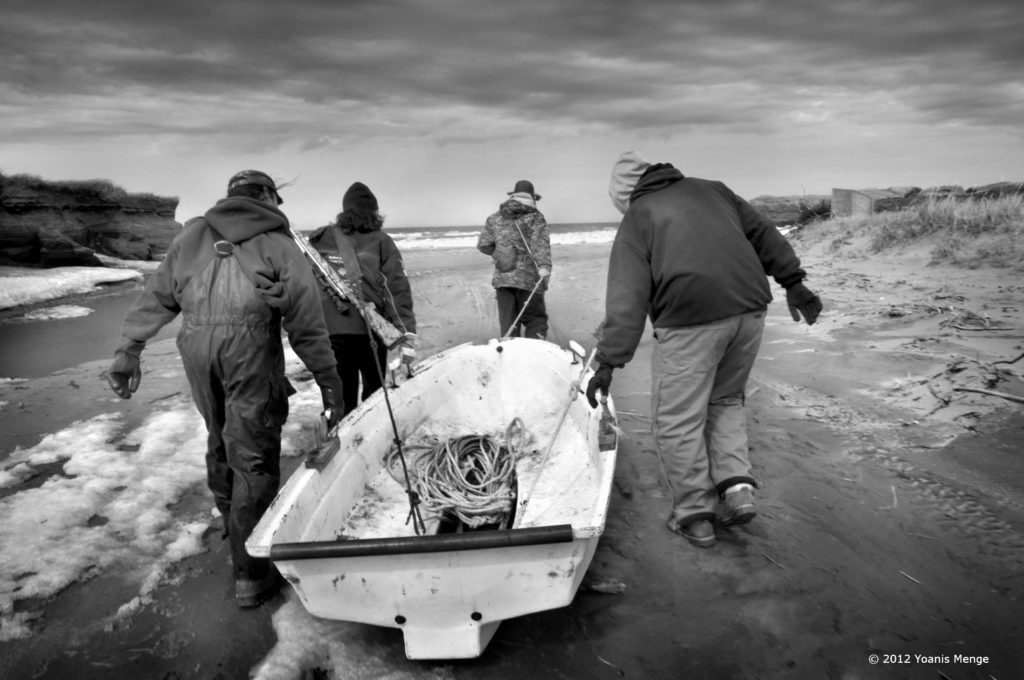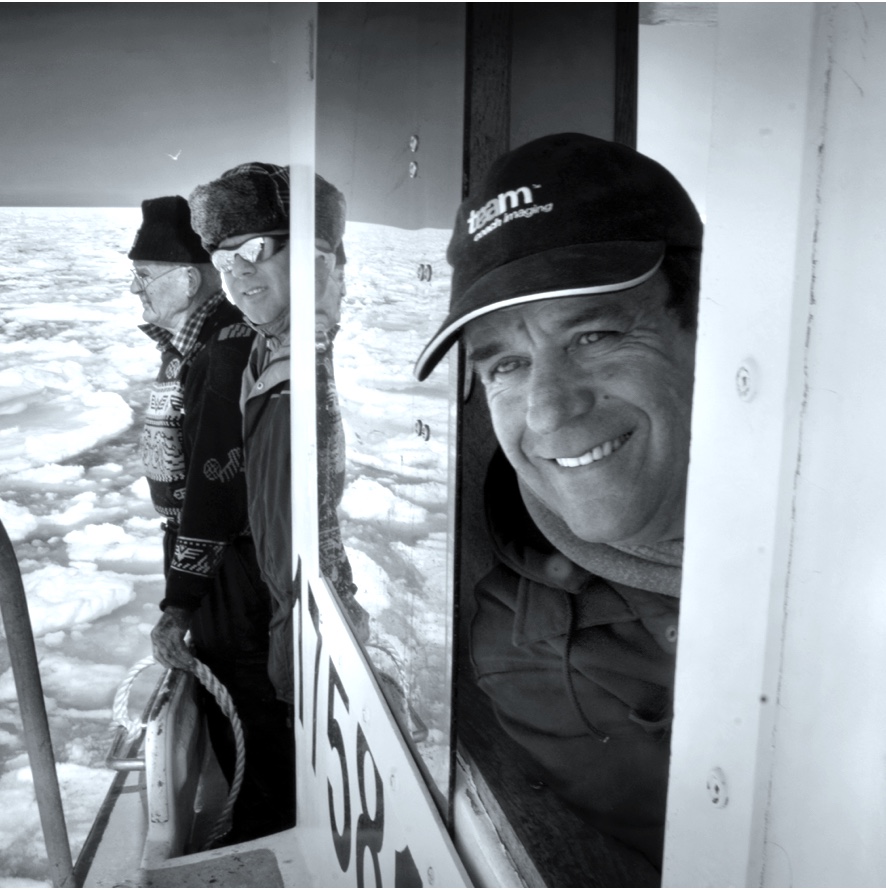From Coast-to-Coast-to-Coast
Sealing is a vital activity for tens of thousands of rural Canadians throughout the country. There are two seal species that are more frequently harvest in Canada: the Harp Seal in Newfoundland & Labrador and the in Magdalen Islands in Quebec Province and the Ringed Seal in Nunavut, Northern Quebec and Northwest Territories. Due to its growing population in the Gulf of St. Lawrence, the Gray Seal hunt is developing in Nova Scotia and the Magdalen Islands. More recently, indigenous communities in British Columbia have revive Harbor Seal harvest due to its predation on salmon species.
